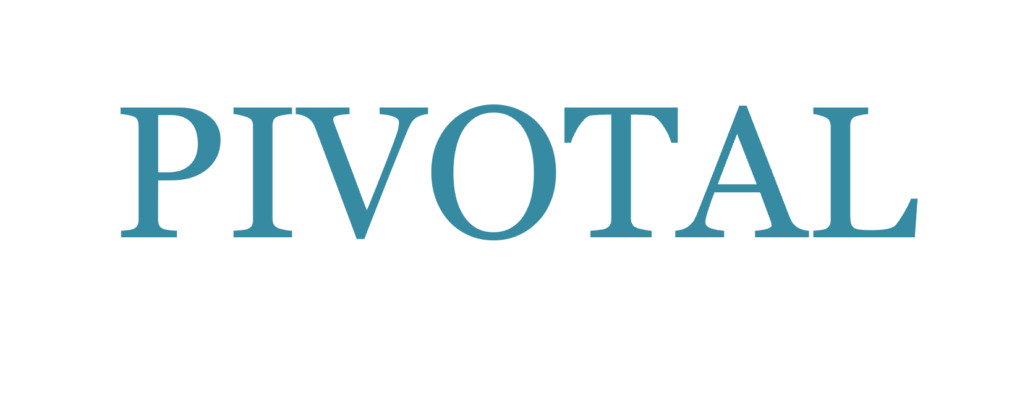This is a TED Talk by Robert Ballard, deep-sea explorer.
If you can, watch it without listening to the words, just to the pitch of his voice, especially about half way through the talk, at about 7.30.
The majority of his speech is incredibly monotonous.
He gives the impression that he is ashamed of what he is saying, that his audience will find it boring and that it needs to be hurried, get it out of the way as soon as it can be done.
There were times when I thought I would stop watching.
It was that bad!
I didn't stop watching.
Why?
Because ...
he compensated with some fabulous, very successful strategies that had his audience engaged despite the monotony.
What were these strategies and can we use them ourselves?
There were six that I noted, and all of them are powerful - they needed to be!!
1. The message is simple and strong
He has a very simple, well articulated message. Why are we spending so much time and money on space exploration and so little on exploring our oceans? It is repeated. The whole presentation supports it. And the fact that it is regularly stated as a question keeps it hooked into his audience's minds and hearts.
2. He uses the unexpected
Several of his statements stand out for me but there are others. The first that aroused my attention was the one about how everything he learned at school in his field was wrong. The second was about the map. Normally when we see a blank space on a map we assume it is just an area of similar topography. A space like that on a map of the sea is blank because it is not mapped. Life under the sea exists in ways no life should. Water is upside down. Volcanoes work in ways volcanoes shouldn't. He sets his audience up and hits them regularly with the unexpected and each point made that way hits strongly.
3. He uses images.
There are 57 image slides in this presentation with no words. There is no conflict in his audience's minds between spoken and written words. The images reinforce what he is saying and his audience is more likely to remember a point made and supported by an image than one that is only made verbally. I can still see in my mind's eye the little girl with her mouth open in amazement.
4. Humour
He's not exactly a humorous speaker, nor a comedian, but he uses subtle humour, and again often the unexpected. There is self effacing humour, and his use of the name Easter Bunny, the statement "I would not let an adult drive a robot. He doesn't have the gaming experience." just three examples. And the audience laughs. But they laugh and they are acknowledging the humour but they are also being drawn to the point he is making at the time. The humour simply highlights it.
5. Clever use of Pause
Robert uses pause to highlight a particular point and his uses it powerfully, interspersing it between questions and single words.
He also uses pause as an antidote to a long session of fast-paced narrative. And that is powerful too.
6. Repetition
He repeated the main message. He repeated his main points. He repeated his humorous "Easter Bunny" statement. And it wasn't saying the same thing over again. It was calling back to it, later in the speech. It's a powerful technique, puts the segment just completed, monotonous though it may be, into perspective and creates support for the point he is making, or the idea he has introduced.
7. Passion
This man believes in what he is doing.
He is excited by it.
He is passionate about the possibilities it offers and about creating excitement in his audience and in the world, about his project.
And it shows, when he allows it, in his use of pause, in his enthusiasm, and in his energy.
These are not rhetorical devices he just inserted into his speech. They are the result of his enthusiasm and dedication and excitement.
He left the best for last when he talked about being able to ignite that same enthusiasm and excitement in middle-schoolers, when he talked about "creating the classroom of the future" and how you "win or lose a scientist by 8th grade".

This is what we want. This is a young lady not watching a football game, not watching a basketball game. She's watching exploration thousands of miles away and it's just dawning on her what she is seeing. And when you get a jaw dropping, you can inform, you can put so much information into that mind ...
And he had a standing ovation.
Monotonous, maybe, boring no!










 The eBook Anxious to Awesome[/p]
The eBook Anxious to Awesome[/p]
